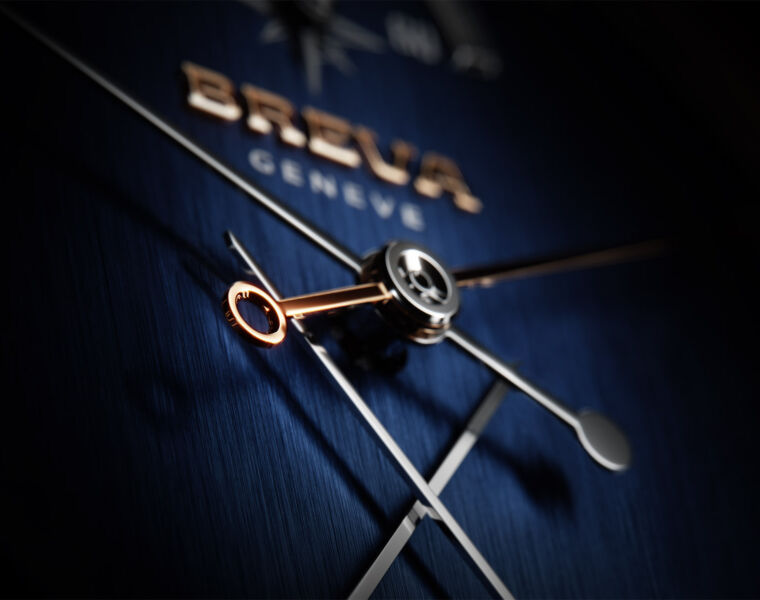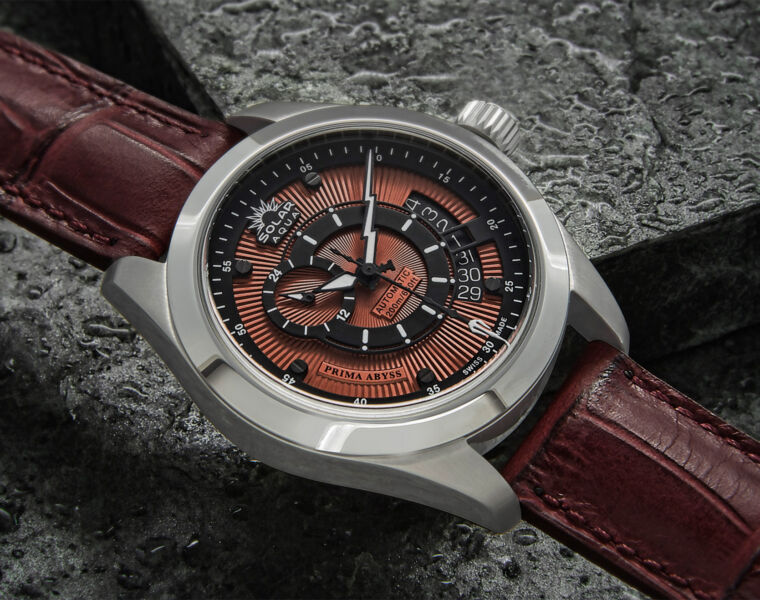
Métiers d’Art Copernicus celestial spheres 2460 RT is a collection inspired by Nicolas Copernicus and the history of the great astronomical discoveries
Vacheron Constantin’s master artisans are quintessential artists endowed with the unique gift of stirring emotions. Through the creation of authentic artworks, their spirit of innovation and their exceptional skills have been perpetuated from generation to generation since 1755.
This artistic mastery is fully expressed through the new Métiers d’Art Copernicus celestial spheres 2460 RT collection. The Manufacture has chosen the formal simplicity of a white gold case to set the scene for the astronomical world according to Nicolas Copernicus. With its original display and spectacular decoration, this new collection presented at SIHH 2017, pays tribute to one of humankind’s greatest discoveries: heliocentrism.

The Copernican revolution
Nicolas Copernicus was a mathematician and philosopher, who in 1543 published De revolutionibus orbium coelestium, a work heralding a major astronomical revolution in the history of science. His hypothesis challenged geocentrism, the cosmological system rooted in antiquity and defended by Aristotle and Ptolemy, which held that the Earth is immobile and located at the centre of the universe. In this book, Copernicus put forward the theory of heliocentrism, demonstrating not only that the Earth spins on its axis and has a satellite, the Moon, but above all that it gravitates around the Sun. Several decades later, this theory was to be completed by incorporating the elliptical trajectories of the heavenly bodies.
This new vision of space had a considerable philosophical impact on the perception of humanity. It overturned all existing beliefs and ushered humankind from a closed world into an infinite universe. This revolution was to have profound repercussions on all fields of thought. Vacheron Constantin pays homage to these emblematic discoveries that definitively changed the face of the world.

One dial, three different executions
The Métiers d’Art Copernicus celestial spheres 2460 RT collection testifies more eloquently than ever to the creativity of the Vacheron Constantin master-artisans. They have dreamed up three dials with different interpretations of the same theme. The decoration is inspired by the graphic depictions of Andreas Cellarius, a 17th-century Dutch-German cartographer, author of the most important colourful sky map, Harmonia Macrocosmica, with its splendidly baroque style.
The dials of the collection comprise two distinct parts. The oval centre bears a Sun with a glowing hand-engraved pink gold face, while the outer disc is dedicated to three decorative craft variations. Between the two, a tiny elliptical groove provides space to display orbit performed by the Earth. The latter is represented by a tiny gold disc, slightly domed and measuring barely 6.8 mm diameter, featuring a polar view of the continents based on a Lambert conic map projection.

The art of Grand Feu enamel
The first model in this trio gives pride of place to various enamelling techniques. The enameller has drawn inspiration from the astronomical map of the Copernican system as drawn by Andreas Cellarius. The champlevé Grand Feu enamel Earth reveals the blue of the oceans and the geography of the continents, an authentic technical feat when portrayed on such a scale. In the background, a map of the sky on a gold base is enamelled in pastel colours. It is punctuated by fine lines illustrating the orbit of the five planets shown. Each of these heavenly bodies, represented by a star, is mentioned by its Latin name, as are the two solstices. The outer part of the dial bears the 12 zodiac signs in polychrome enamel.

They are formed using stencils, finished with a quill pen and filled using a fine brush. The dial, results from the patient, meticulous and perilous craftsmanship required more than a month’s work and numerous firings until 850°C before being smoothed with an abrasive stone, lapped and polished. The very same operations that have for centuries contributed to the excellence of the Geneva watchmaking tradition.




You must be logged in to post a comment.